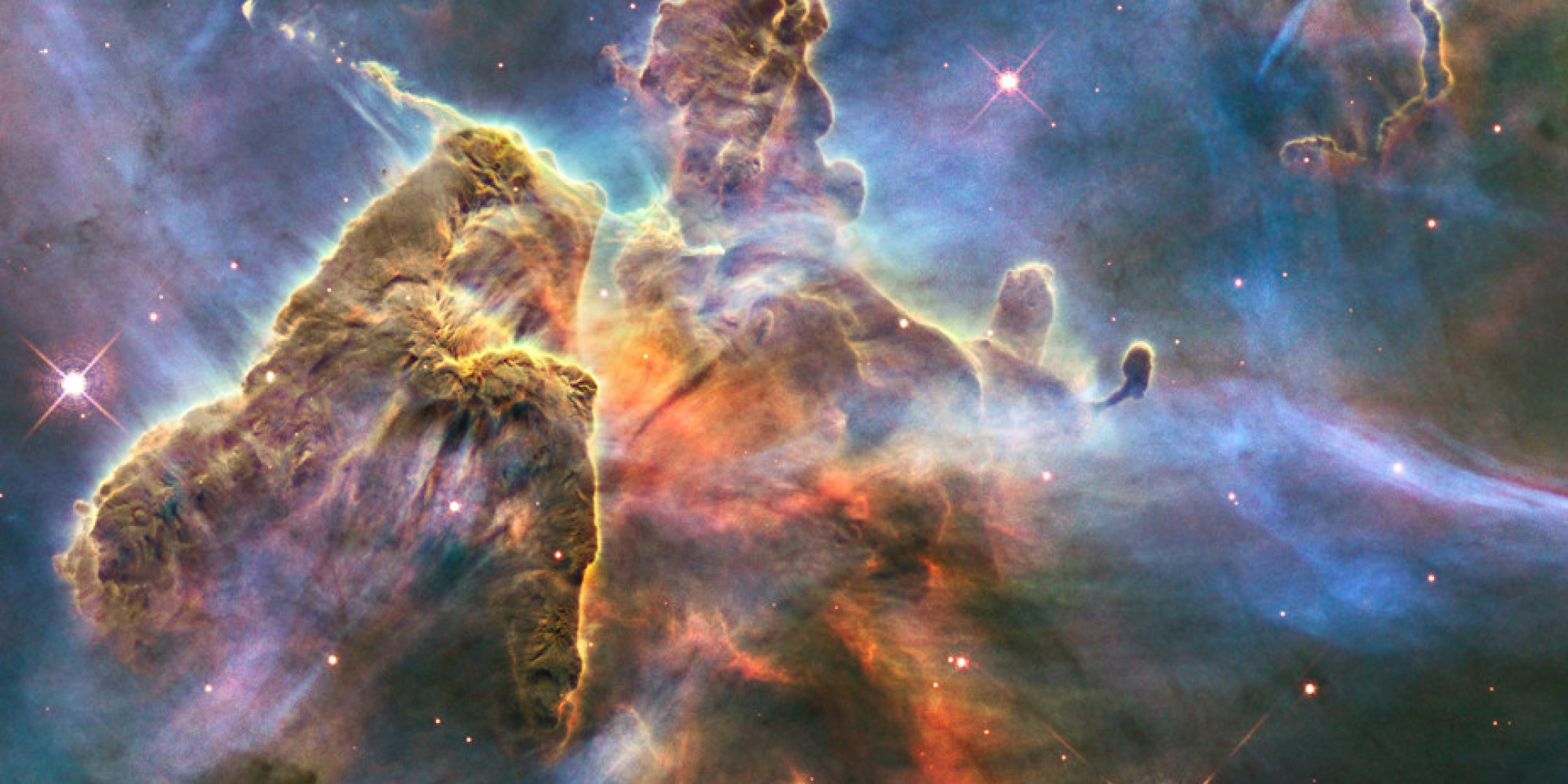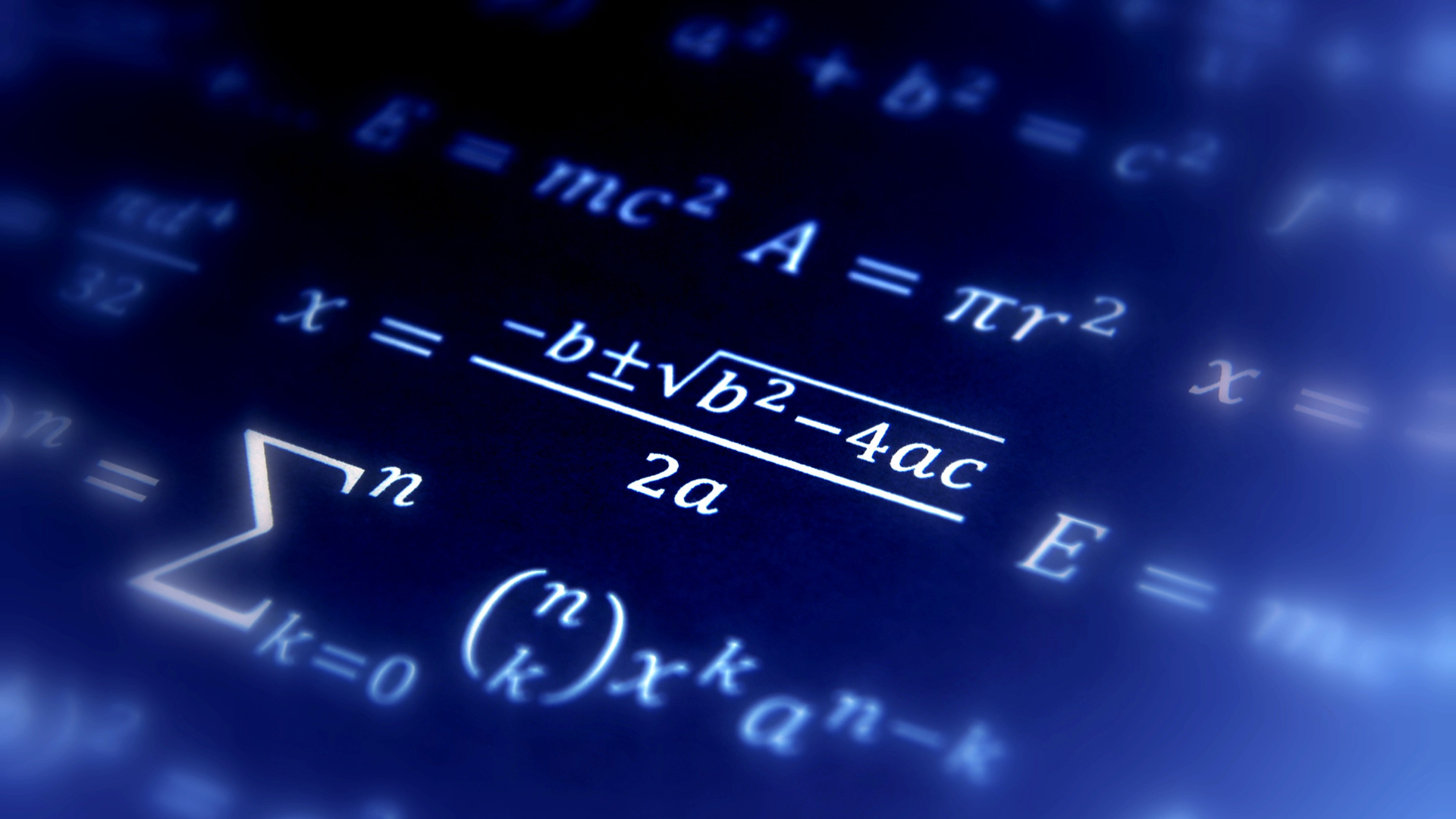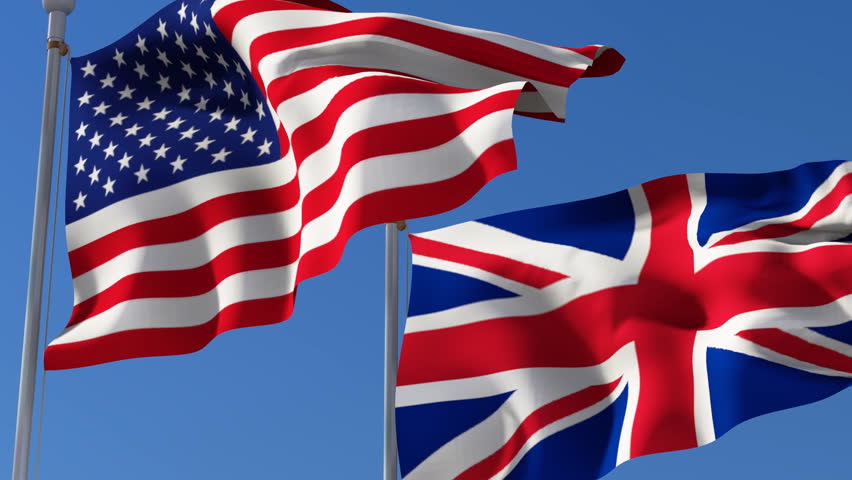
Today’s front pages are awash with the announcement that scientists have finally detected gravitational waves, ripples in the fabric of space-time. The discovery comes a century after Albert Einstein predicted the phenomenon and coined his famous formula: E=mc2.
But what exactly does this mean, and why is it good news for the UK space industry?
In layman’s terms; gravitational waves are ripples in space-time thought to be caused by massive celestial events, such as neutron stars or black holes. Until very recently, the source of these waves and how they could be detected were unknown. The first clear gravitation wave signal was picked up last September by the LIGO/Virgo collaboration using an incredibly sensitive $1.1bn piece of technology. Astronomers, including teams in the UK, quickly joined the hunt to identify their source.
The discovery of these waves, created by the distant collision of two black holes of different sizes circling each other, is a major discovery in the world of astronomy. The collision created a single black hole, converting part of the two holes’ mass into energy, as predicted by Einstein’s E=mc2 formula.
The new discovery marks a major step in scientists’ understanding of the universe.
This new understanding of gravitational waves is also good news for the LISA (Laser Interferometer Space Antenna) Pathfinder mission, a UK-led spacecraft that will be testing new technologies needed to measure the waves in space. The Pathfinder launched into space in December 2015 and will begin its six-month scientific mission on 1 March.
The UK’s involvement in LISA Pathfinder’s technology is funded by the UK Space Agency. Airbus Defence and Space is the prime contractor for the mission, having built the spacecraft, and SciSys UK Ltd developed the satellite’s on-board software. STFC RAL Space was involved in several technology development projects in the mission’s early stages.
The UK space industry is growing at 7% per year and is at the cutting edge of exploring the universe and connecting people with the world around them. It directly employs 34,000 people, as well as 1,000 apprentices, so discoveries such as that of gravitational waves signal a major boost in opportunities for the sector.





